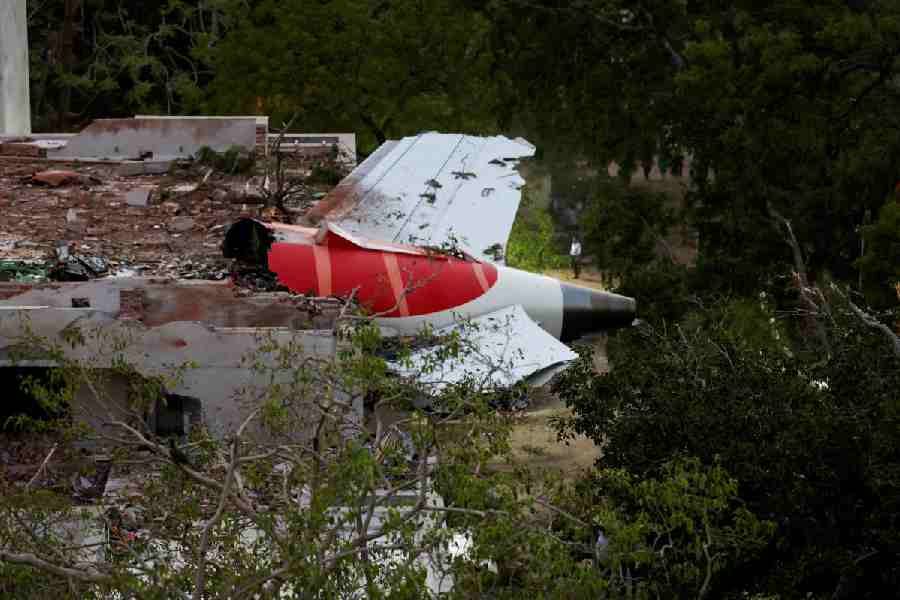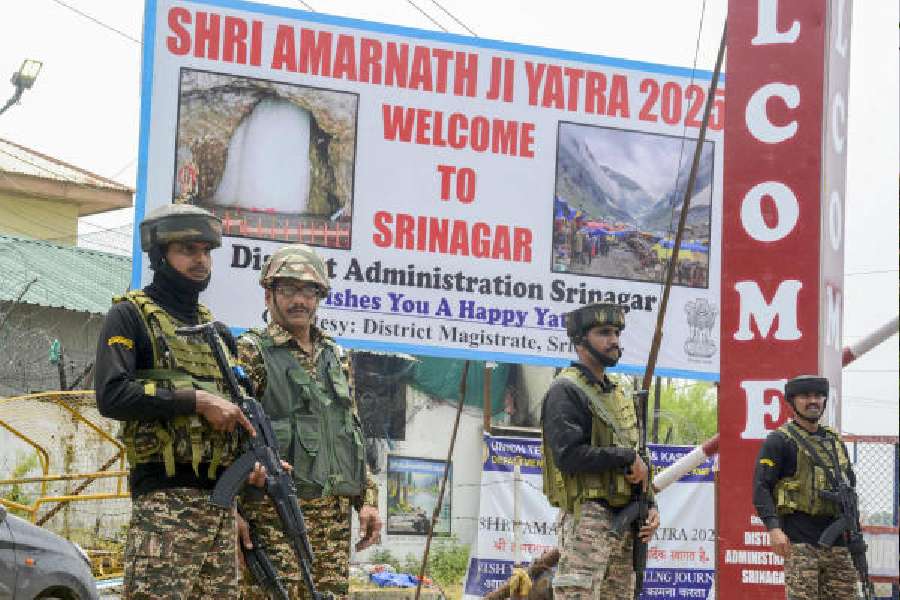It was sad to read about three naval officials being sacked for data leak. Ever since the ignominious exit of the navy chief, Admiral Vishnu Bhagwat, on December 30, 1998, the Indian armed forces has not seen such harsh punitive action hitting the headlines. Obviously, no professional uniformed service can risk adverse publicity affecting its image. But why did such a thing happen, and can such eventualities be avoided in the future?
The three sacked naval officials consisted of a captain and two commanders of the directorate of naval operations, undoubtedly the ?most sensitive? of all naval departments. Officers posted here are carefully selected on the basis of exceptional merit, reputation, experience and record. It takes at least 20 years to attain the rank of caption, and 17 to become commander. And there is every possibility that the officers will go places ? to the ranks of commodore and rear admiral and beyond. But for the three officers, this was not to be, as they got involved with three former comrades doing lucrative business in the arms bazaar. They too had exited from the services quite early.
Old boys? network
The old boys? ties obviously continued. No government or institution can stop the social or ?unofficial? interaction between sailors, serving or retired. In fact, senior officers often look forward to enjoying a cushy retired life in the company of their colleagues, both serving and retired. The more ambitious among them make a comeback to the corridors of power through the generosity of their serving colleagues and old boys? network.
The summary dismissal of the three naval officers, in fact, has far-reaching implications. The hints are clear. Serving officers cannot hobnob with merchants of war, neither officially, nor socially. Not even if they are family. And the hint has been given by no less a person than the current naval chief, Admiral Arun Prakash.
One of the Mumbai-based retired naval officers who bought the information is related to the navy chief. The matter was disclosed by Admiral Arun Prakash himself to the defence minister. At a time when honesty, probity and self-respect have become rarities, the navy chief stands out as a shining example.
So much by so few
But the contrast between the naval chief and his subordinates in conduct could not have been sharper. This, once again, gives credence to the belief that the greatest threat to national security emanates from the corruption within the system, both civil and non-civil. One may take this to be an extreme and negative view. But do we require constant reminders to identify the enemies of the country?
Let us recapitulate the words of the government of India in the present case. ?While discharging their assigned duties in Naval Headquarters, they... have collectively as well as individually compromised the security of classified naval information and thereby jeopardized the interest of the State... They failed to take reasonable care of information... and failed to enforce physical as well as information security measures. They also accepted gratification other than legitimate remuneration.?
Does the 1.2 billion strong population of India realize how much damage a microscopic minority can do to the country? At a turning point in World War II, Winston Churchill had paid homage to Britain?s pilots by saying, ?Never was so much owed by so many to so few.? One sincerely hopes that corruption does not overturn this statement for India into, ?Never before was so much contributed by so few? to the destruction of the country.










